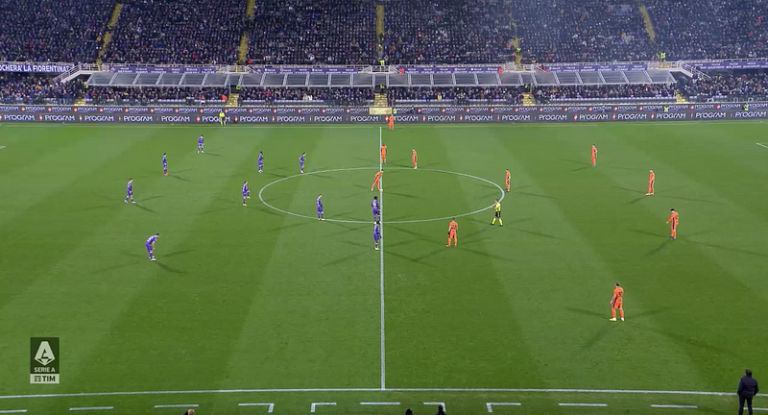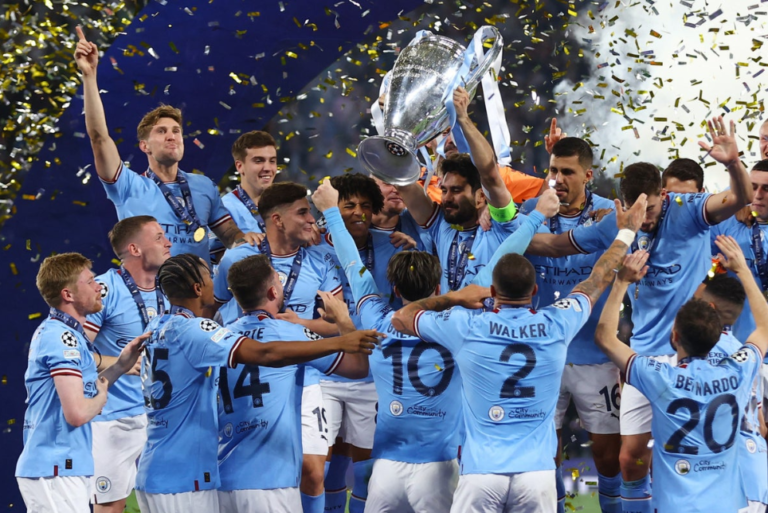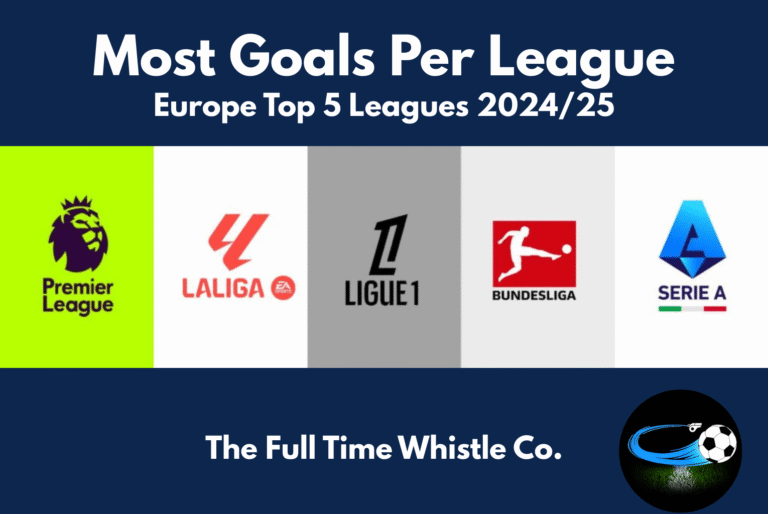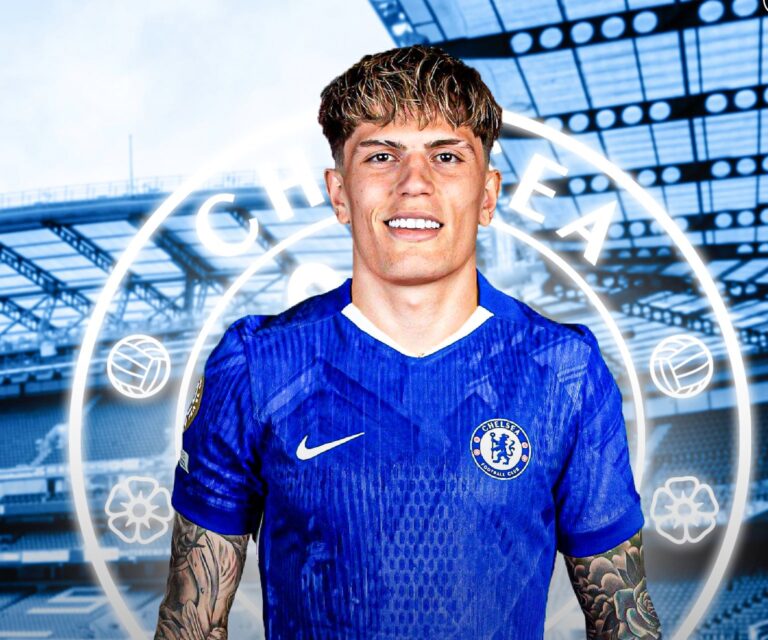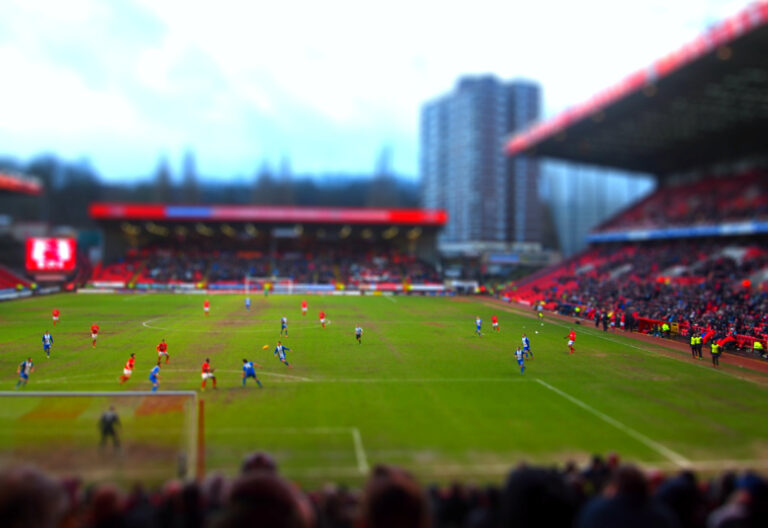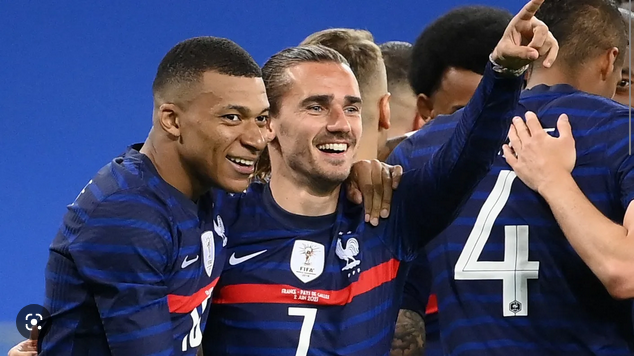
Les Bleus are at the pinnacle of world football. After two convincing wins over Australia and Denmark, Didier Deschamps’ France qualified for the knockout stages with one match remaining in the group stage.
Deschamps chose to rotate his lineup against Tunisia in the most recent match, moving the majority of the starting 11 to the bench.
France suffered their first World Cup defeat since the 2014 quarter-finals after Tunisia’s forward Wahbi Khazri’s second-half goal gave his country une courte victoire – a narrow victory.
Despite the harsh reality check for Deschamps, Les Bleus remain a strong contender for La Coupe du Monde.
Opta Analyst highest % chance of making the World Cup Final
🇧🇷 32.18% – Brazil
🇫🇷 25.11% – FranceMbappé vs Neymar. 🤤
— Squawka (@Squawka) November 27, 2022
France is a team to keep an eye on; Opta Analyst has ranked them as the second-most likely team to take home the World Cup trophy this year. So, how does Deschamps set up his team, and how have they been so threatening and prolific so far in the tournament?
Tactics
In Possession
France attack in a lopsided 4-2-3-1 possession under Deschamps. Left-back Theo Hernadez pushes much higher than Benjamin Pavard, who prefers to tuck in alongside Upamecano or Tchouameni.
France focuses on overloading wide areas, particularly the left side, capitalising on the attacking prowess of Hernandez, Mbappe, and Rabiot to create wide triangles. Hernandez’s offensive tendencies allow Mbappe to drift inwards, giving the opposing right-back two players to mark.
He also enables Mbappe to get into the box, netting himself three goals and ranking first in the team for GCA and SCA. The constant rotations and movement of these three wide players wreaked havoc on the right flanks of Australia and Denmark.
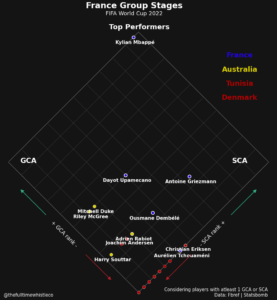
Mbappe is one of the tournament’s most prolific forwards, creating chances for himself and his teammates. As seen in the graph above, he’s miles ahead of any of his teammates & players from the teams France have faced in the group stages. This combination down the left side will be lethal for opposing defences as long as Hernandez, Mbappe, and Rabiot maintain their blistering form.
Leaders after two matchdays of the 2022 #FIFAWorldCup.
Mbappe's good, isn't he. pic.twitter.com/mbOySoQ8pF
— Opta Analyst (@OptaAnalyst) November 28, 2022
Additionally, overloading one side of the pitch frequently allows for quick switches to the far-side winger. This helps to isolate the wingers, particularly Ousmane Dembele, who leads the team in successful dribbles. With such high-quality wingers, France wins these one-on-ones more often than not and can create high-quality chances as a result.
In the build-up, Tchouameni frequently drops between the centre-backs, forming a build-up diamond with Hugo Lloris. Hernandez and Pavard spread wide, with Griezmann dropping alongside Rabiot to provide more midfield support. With such a build-up structure, they can maintain possession, as evidenced by their 61.9% possession in the game against Australia.
France 4 : 1 Australia
▪ xG: 3.58 – 0.39
▪ xThreat: 2.88 – 0.67
▪ Possession: 61.9% – 38.1%
▪ Field Tilt: 76.7% – 23.3%
▪ Def Line Height: 43.8 – 37.2#msbot_wc pic.twitter.com/gKOSMgre3c— markstats bot (@markstatsbot) November 22, 2022
France’s attack has shone in this tournament, scoring six goals in three games thanks to a dependable build-up structure and precise attacking plays.
Out of Possession
Out of possession, Les Bleus defend in a 4-4-2 formation, with Mbappe and Giroud as the front two and Griezmann dropping in between Rabiot and Tchouameni. Deschamps sets up his team to sit in a midblock, relying on pressing triggers to time their aggressiveness as a team.
The two forwards look to block off the central passing lane, forcing the opponents to play wide. Once the ball is passed to the fullback, the French team will aggressively press the ball carrier, using the touchline as a 12th man and forcing them to either boot the ball long or give up possession to their press.
However, France presses much more aggressively than other teams that set up in a midblock, with a PPDA of 12.9 in the game against Australia.
France 4 : 1 Australia
▪ Penbox shots: 19 – 2
▪ Deep completions: 21 – 4
▪ Buildup completion: 91.3% – 84.3%
▪ PPDA: 12.9 – 25.2
▪ High turnovers: 7 – 4 pic.twitter.com/Q9hQ7UGJWc— markstats bot (@markstatsbot) November 22, 2022
With such aggressive press, they can create more opportunities during the transition. This also allows them to win the ball closer to the opponent’s goal, reducing the time it takes to create a chance.
France counter with precision and clinicality, progressing the ball instantly to their forward line. With quick players like Mbappe and Dembele, counter-attacks can quickly devastate opposing teams and be France’s winning condition.
Although France’s first-choice team has only conceded one goal in this World Cup – against Australia, it was very much the result of an individual error by Benjamin Pavard, who chose to gamble on the cutback rather than the pass across the goal.
As long as the French defence can avoid such gaffes, they should be able to hold their own against the majority of the competition’s opponents. It remains to be seen how this defence performs against more talented attackers, but in such cases, Deschamps may opt for a more defensive shape when necessary.
Conclusion
France, who finished first in their group, will face Poland on Sunday. This strong Poland team, which includes Lewandowski and Szczesny among many other talented players, could pose a difficult test for them. After such an impressive start to their World Cup campaign, Deschamps would have to keep his team from becoming complacent.
France don’t just win; they win with style. With the likes of Mbappe and Dembele tearing down the wings, France are fascinating to watch and are definitely one of the favourites to win the trophy this year.
Also read: Spain v Germany – Tactical Analysis: FIFA WC 2022
